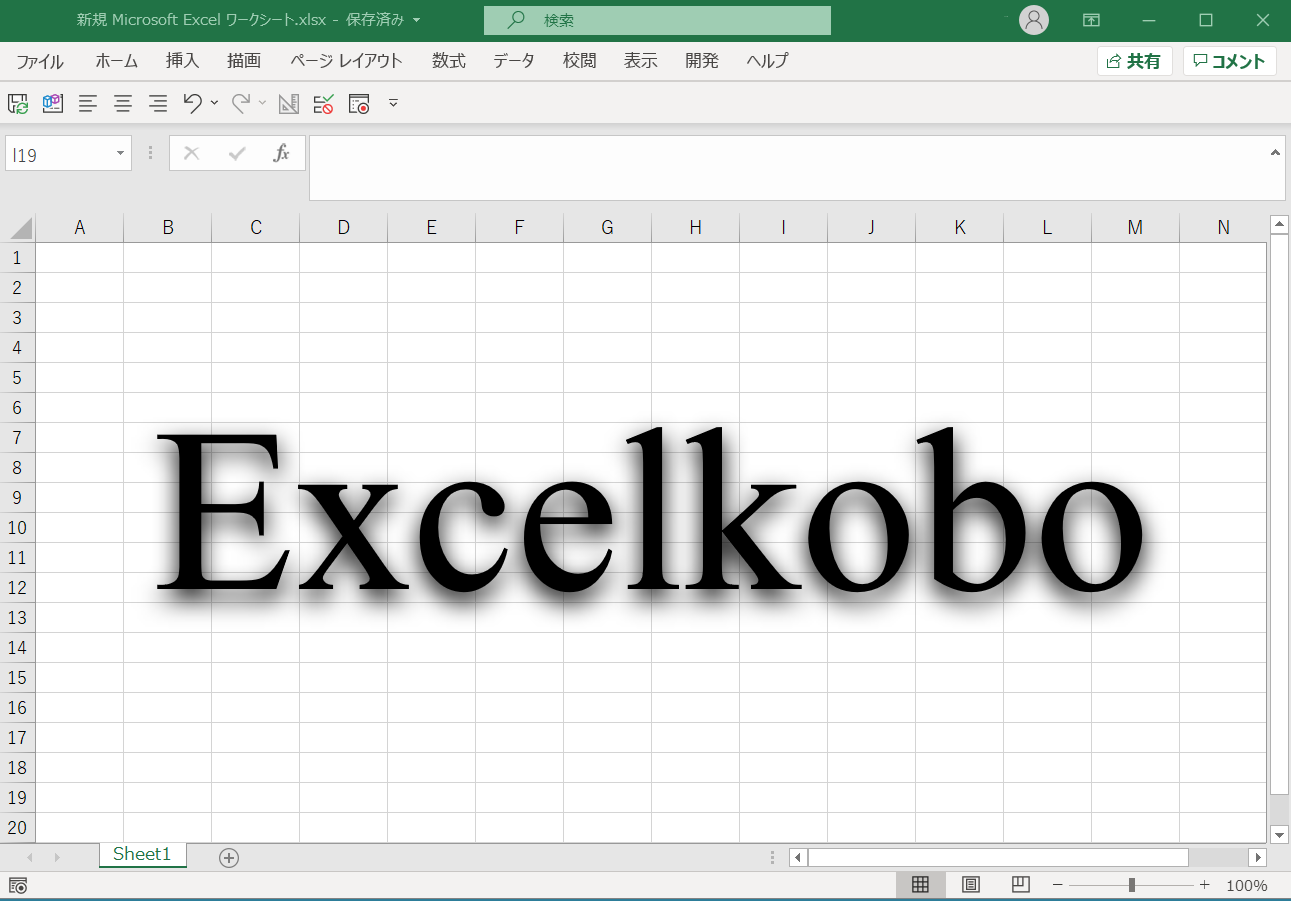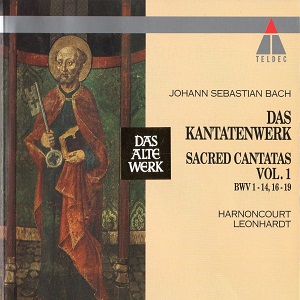Bach: Cantata No. 4 “Christ lag in Todes Banden” / Nikolaus Harnoncourt
Chorale cantata with lyrics and melody from Martin Luther. It is one of my favorite numbers in the cantata. Samuel Scheidt arranged it for motet, and Bach also arranged it for organ on three occasions. Bach, then church organist in Arnstadt, traveled to Lübeck in October 1705. He was there to hear Dietrich Buxtehude, a famous local organ composer. Bach was so impressed by this North German master that he stayed at Lübeck for a number of days that far exceeded the vacation period he had applied for. This caused a rift with the church authorities, and Bach decided to change jobs. During that job search, he submitted this cantata for an audition for organist at Divi Blasii Church in Mühlhausen. The piece begins with a short sinfonia, but the opening melody of the chorale is presented by the first violin in the fifth bar. It is followed by seven chorale verses (stanza). It is remarkable that the young Bach wrote such a highly accomplished work based on Luther’s text. The instrumentation of cornet, large and small trombones over each part of the chorus seems to have been intended for a reperformance in the Leipzig period, and Harnoncourt used this version. The inclusion of a second viola in the string ensemble is another characteristic of the early cantatas.
Versus1 “Christ lag in Todes Banden”. Choral music. Soprano and cornet sing the cantus firmus, with trombone and viola layered over alto, tenor, and bass; two violins play a free counterpoint; the viola is accompanied by the soprano and cornet, and the trombone is accompanied by the viola. The second half of the piece is “Alla Breve”, and this section features “Halleluja” in stretta. It’s a very amazing work.
Versus 2 “Den Tod niemand zwingen kunnt” is a duet aria. Cornet and trombone layered on soprano and alto, and a bass basso continuo plays a walking bass.
Versus3 “Jesus Christus, Gottes Sohn”. Tenor aria. The tenor sings the chorale melody over a breathless lightning obbligato by Violin I II. After an abrupt pause at “Da bleibet nichts”, it changes to adagio, which again changes back to allegro. And it ends with “Halleluja” in a lively manner. Personally, I think this piece is the highlight of the cantata.
Versus 4 “Es war ein wunderlicher Krieg” is a choral piece. It is a motet for voices only. The soprano responds to the tenor’s “Es war ein wunderlicher Krieg” with “Da Tod und Leben rungen” and the bass with “Es war ein wunderlicher Krieg”. The long extended cantus firmus is sung by the alto.
Versus 5 “Hier ist das rechte Osterlamm”. A bass aria with string accompaniment. The chorale melody is aranged into triple time. It’s a homophonical movement.
Versus 6 “So feiern wir das hohe Fest”. A duet aria, soprano and tenor. The chorale melody is changed into flowing triplets.


